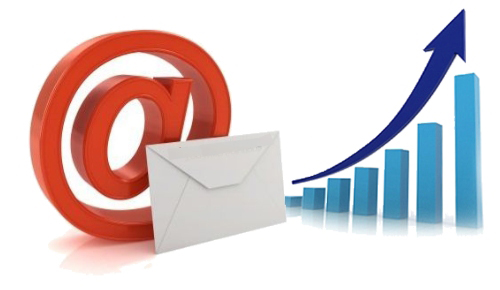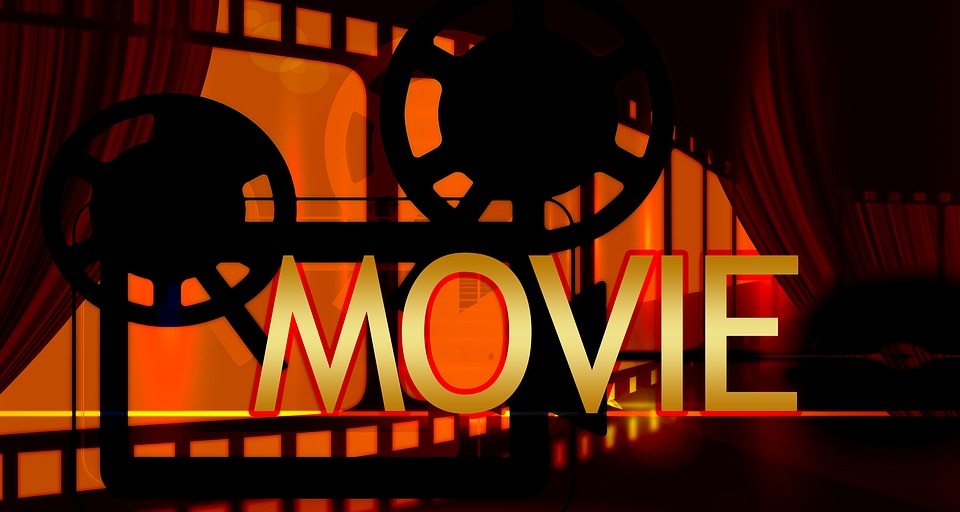Newsletter contents are entertaining, intangible communiqués. What’s in a newsletter, online bulletin or newssheet remains subjective. For some businesses, it is a vexing communication. The objective of the electronic magazine is to nurture a relationship between an organization and its target audience, clients and prospective new customers. Efficacy hinges on the value the newsletter affords the consumer.
Newsletters are interchangeable with the term, e-newsletter or the electronic newsletter. These documents are comprised of the words, content and articles, that develop brand awareness. Articulating information demonstrates an organization’s credibility as a trusted provider of a product or service.
E-newsletters are a hybrid of an old marketing concept married to the modern online medium of relationship marketing. In fact, a recent study, published by Forrester Report, shows that more than 34 percent of Internet users consume their media online. It demonstrates how the marketing paradigm is impelling companies to rely on relationship marketing. Since, today’s consumer has more control over what they view, corporations are in quest of innovative strategies to accommodate that demand.
Mayo Clinic uses a similar approach to create a brand tantamount to the online medical resource. Monthly, the electronic newsletter focuses on health issues, preventative tips and clinical reports. The same relationship building strategy works in various vertical markets (i.e. real estate, mortgage, retailers, vitamins, etc).
Although e-newsletters can inspire loyalty, it is the contents that assist or hinder the client-customer impression. Some organizations use newsletters and e-zines to showcase personal opinions, self-centered interests and offhand humor. It’s a prevalent marketing blunder. Some entities even misconstrue the business and the consumer target market for one another.
A thriving recycling company ran into such an obstacle. Rather then captivate the target market; the recycling agency alienated their customers. Monthly, the mid-level agency published a newsletter for a cross-sector of consumers. Instead of including general information applicable to their target market, the e-zine (newsletter) was comprised of scattered news, rare diseases, and hard sales copy.
On the contrary, newsletters are potent when they focus on the reader’s interests, challenges and entertainment. Barefaced sales copy is ill suited for newsletters. Since most consumers have already opted into a newsletter, the goal is to provide engaging contents that reinforce the relationship building process. A market study conducted by Bain and Company, found on average–the repeat customer spends more than 65 percent than the first time consumer.
The best newsletter strikes a balance between engaging the reader and providing resourceful information. An effective promotional tactic details how-to use the product while subtly endorsing its functionality within the contents of the e-newsletter. “The marketing approach is far more successful than lambasting the e-zine recipient with a sales pitch,” asserts Holly Bentz, proprietor of the online web content company, fruitionMedia.net.
Newsletters are like spokespersons. They possess a charming personality and document the following industry specific contents:
Contents of a Newsletter
* Personal Greetings/Introduction
* News (2-3 stories)
* An incentive to read, participate and interact (i.e. drawing, contest or trivia)
* How-to, a tip, or strategy
* A compelling case study, trend or statistics
* Interview/Human Interest Story
* Calendar of events
Just think information value. For example, Tripso.com presents a well-rounded newsletter. The e-zine presents current events, trends, facts, deals and strategies in travel. Most online consumers prefer a little discovery. Not to mention, it creates an indelible impression while develop a connection with the target audience.
“Since newsletters are a work in progress, companies should look for a writer or marketing firm, who is willing to experiment with the creative until the readers give it a ‘thumbs up’, ” advises Bentz.
While most email marketing solutions (in example: Constant Contact Contact) depict a newsletter’s readability statistics, the contents tell the truth about consumer retention. Insightful information, special promotions and tips inspire loyal subscribers and consumers. These redeeming features make for the contents of a winning newsletter.



